In this case, the skirt needs to lose two inches. But look at this confusing construction... the skirt has four layers of fabric: two underlayers, possibly rayon, which are sewn wrong-sides-together like a bag, with a seam at the bottom; and two layers of tulle on top. Why is the bottom finished like that, I wonder? Why make it difficult for the alterationist to hem? I contemplate simply cutting the seam off and finishing the two layers separately, as two hems (my client is fine with that), but in the end my curiosity and pride win out, and I determine to figure this thing out! So I examine further, and find the inside side seam has one section sewn from the outside with very long stitches. It looks different from the rest: That's the same way I finished the pillow, here. So now I know where to un-sew. I do, and get access to the inside of the skirt. needing to pull the turned seam inside out, I stuff all the tulle and stuff into the hole I just made:
When I flatten the hem to feed it though my machine, the rest is forced to bundle up in another jellyfish shape, and rotate itself inside out as I sew the hem. Then I iron the seam and trim the excess away. I turn the dress right-side out again through that access hole, and slip-sitch it closed, because I don't want the messy look of the original topstitching. Another press to smooth all the wrinkles in the fabric, then the skirt goes on the Blue Lady (dress form) so I can set her on the table and trim the tulle to match the hem.
Why don't I leave the extra seam allowance inside the skirt, since it won't show? Two reasons: first, those inches might bunch up and cause bulk and wrinkles; and second, the shortened tulle makes it so re-lengthening the dress won't work, therefore there's no reason to save those extra inches in the hem.
2 Comments
The Sister
5/16/2018 03:12:06 pm
So did you ever figure out why it was stitched like that? Or did I miss something?
Reply
Leave a Reply. |
Karen Roy
Quilting, dressmaking, and history plied with the needle... Sites I EnjoyThe Quilt Index Categories
All
Archives
March 2024
|
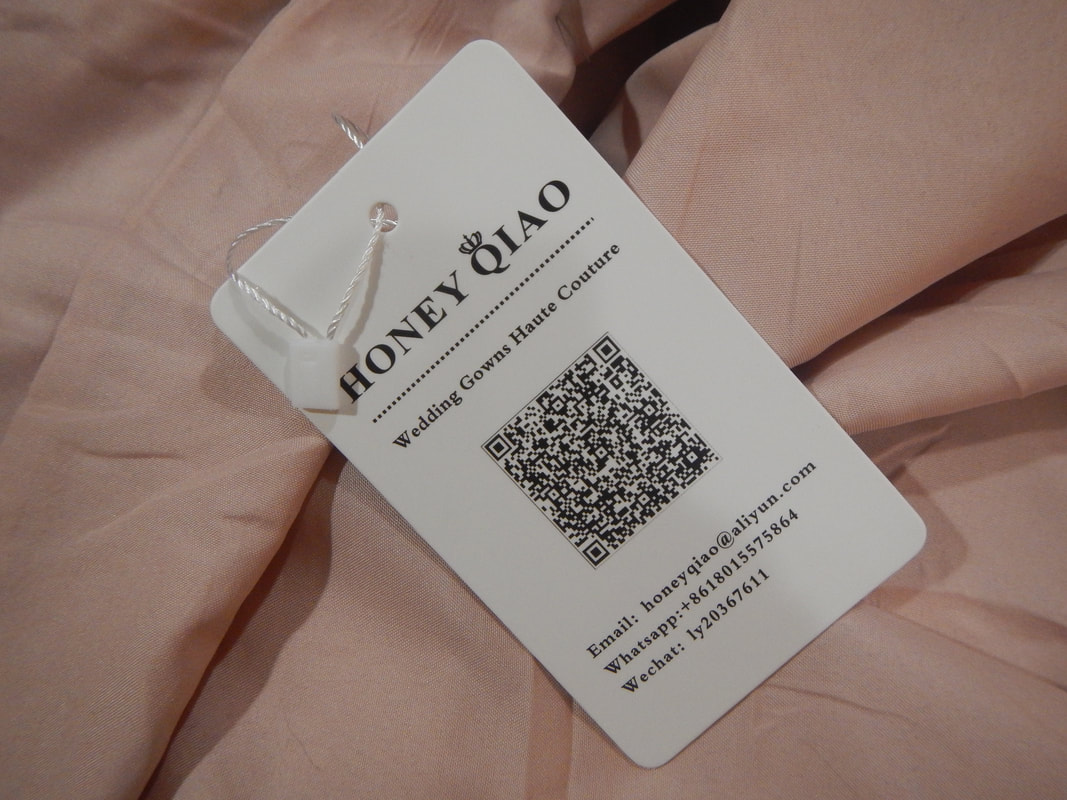
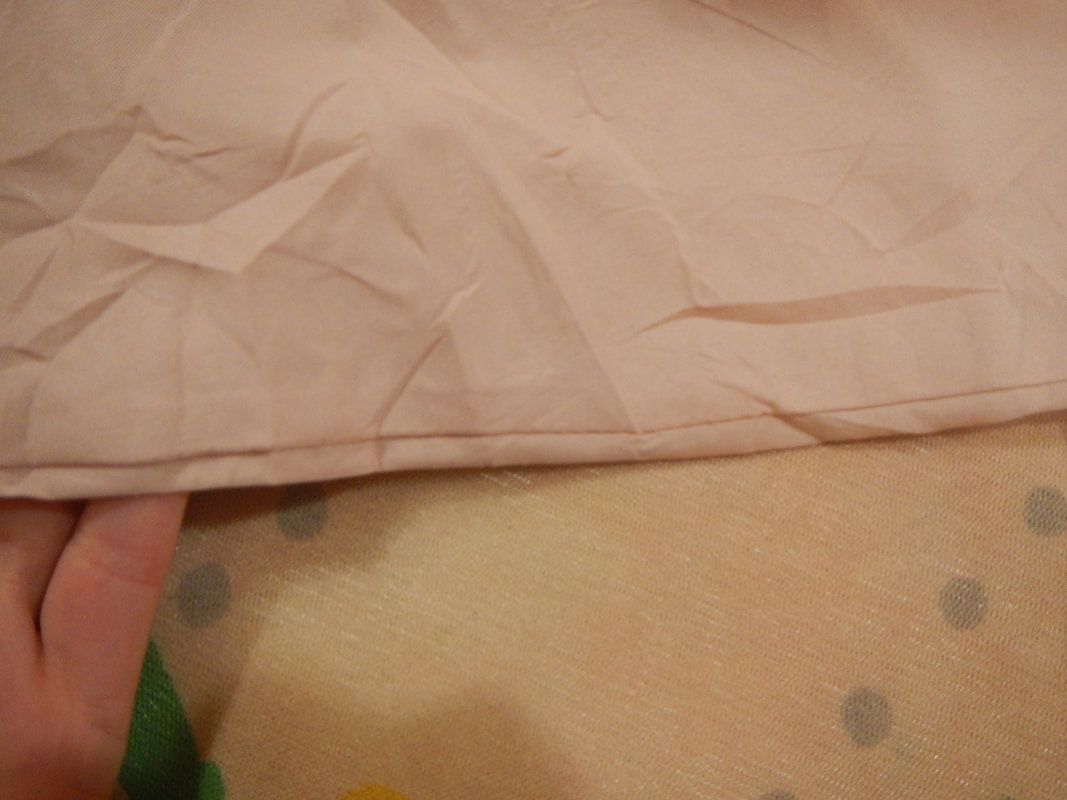
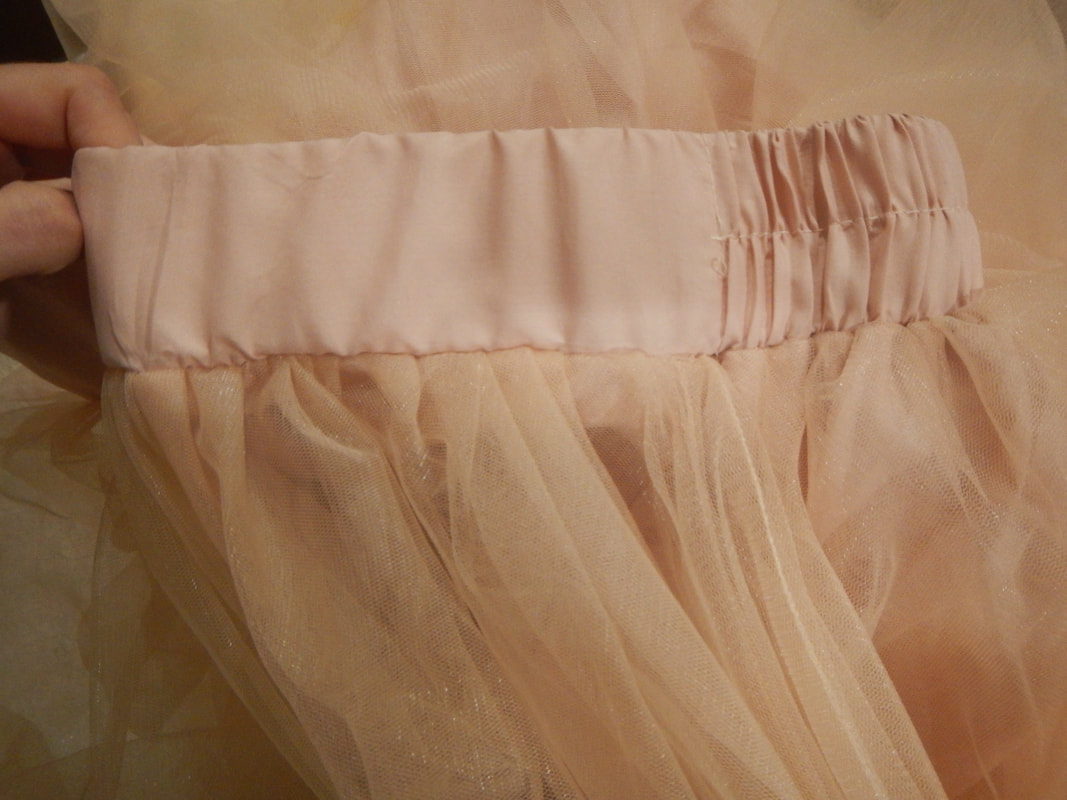
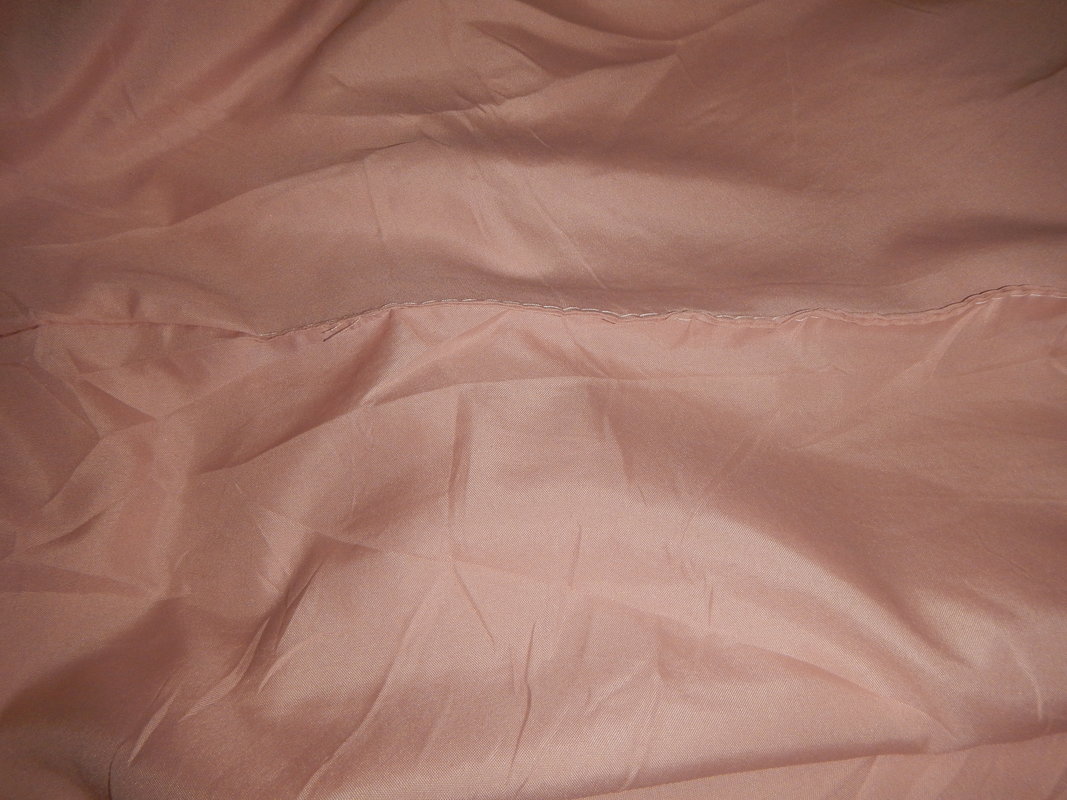

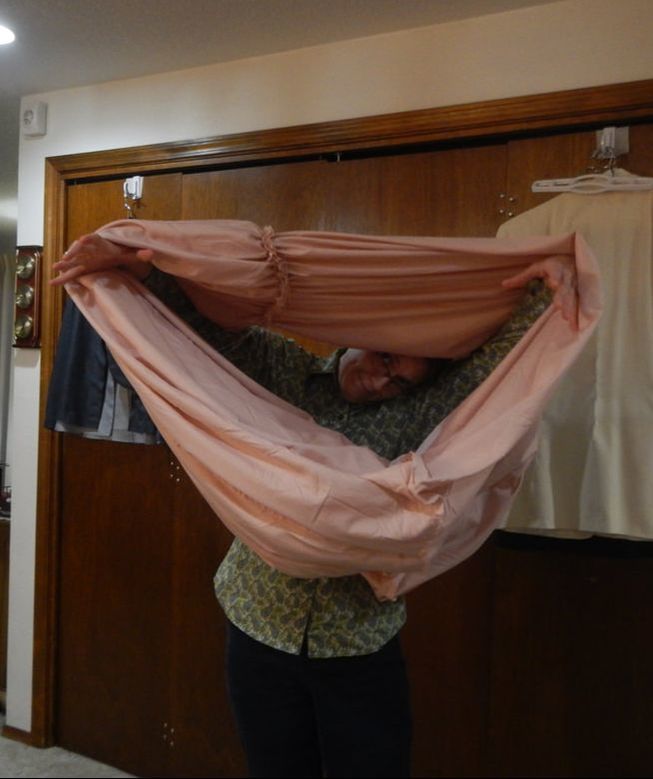
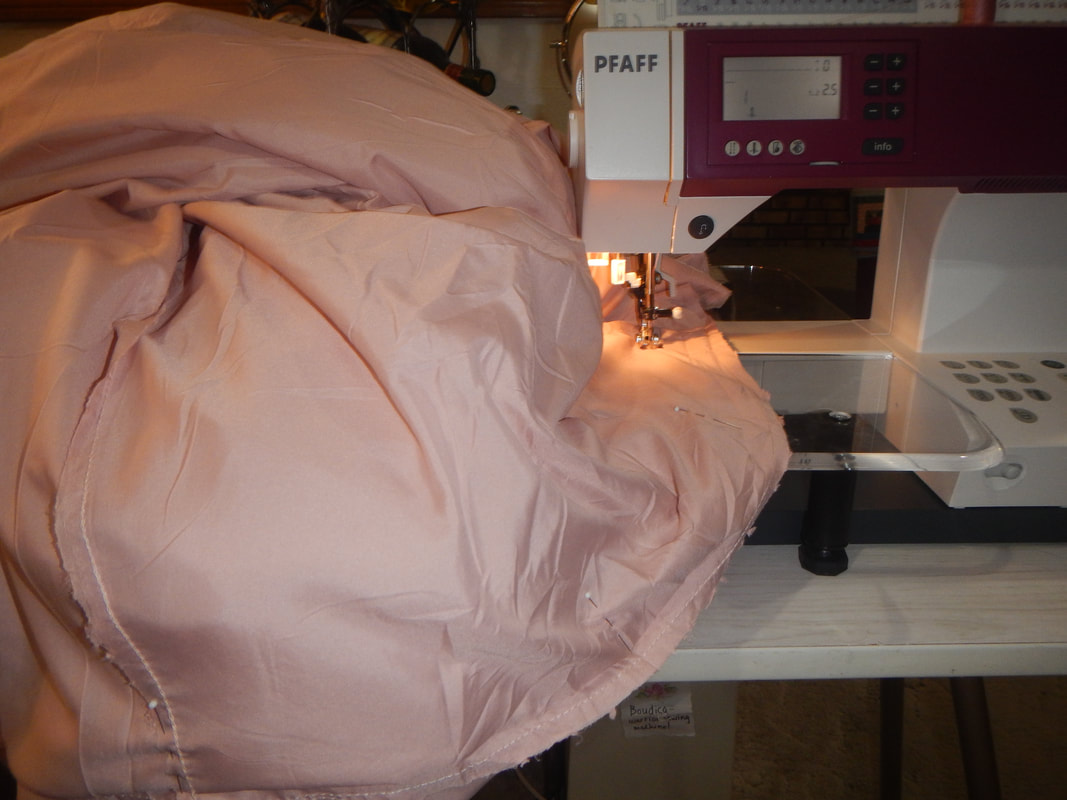

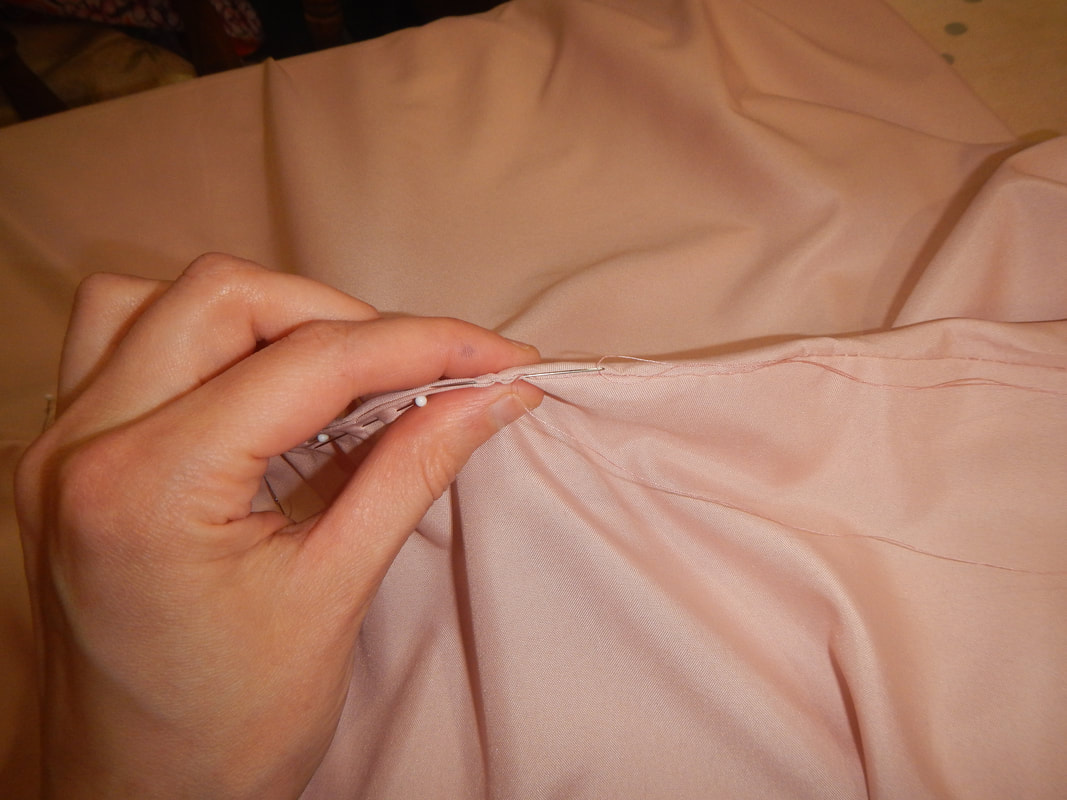
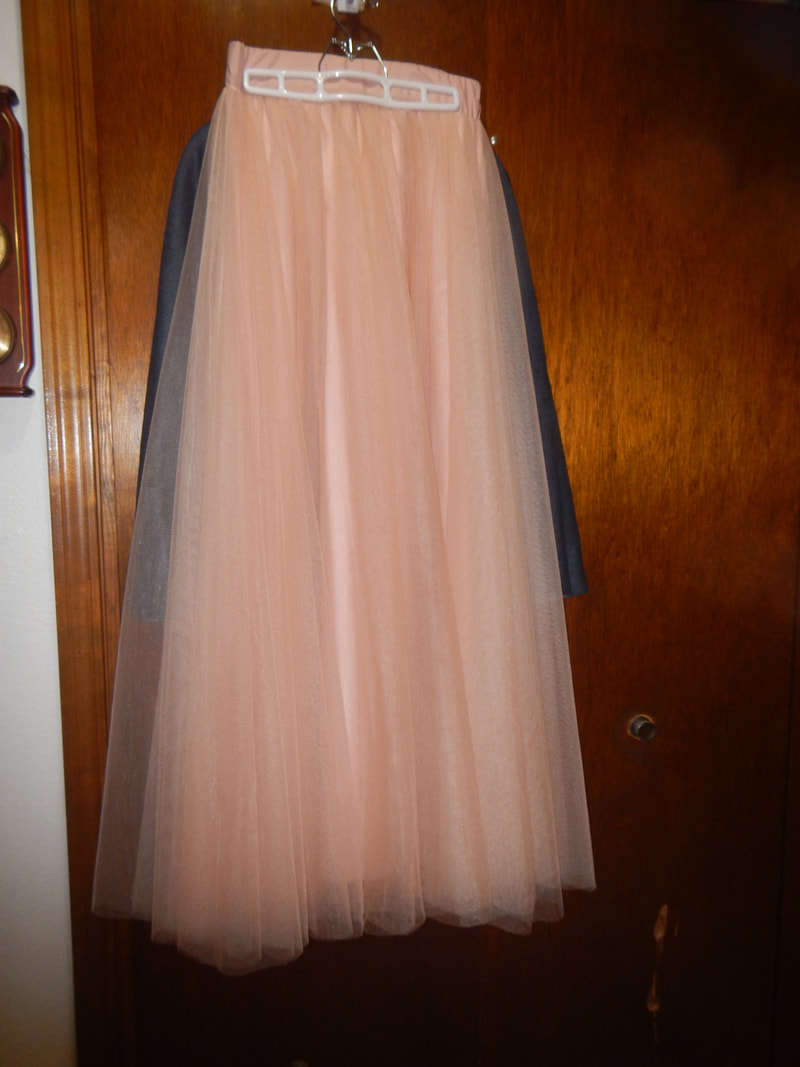
 RSS Feed
RSS Feed